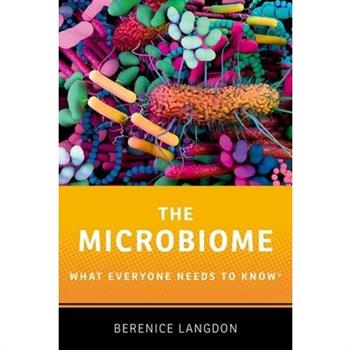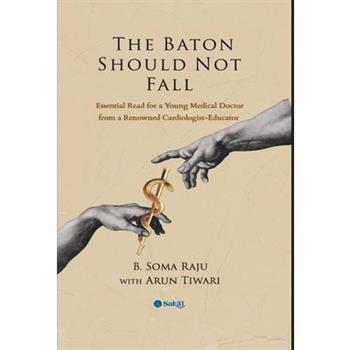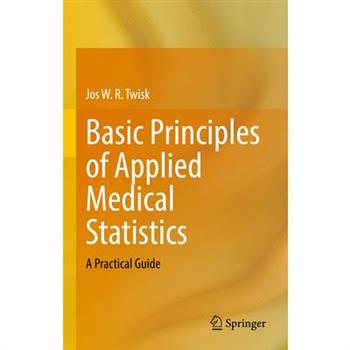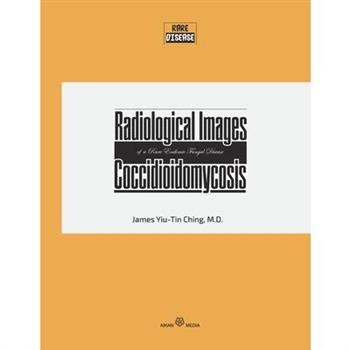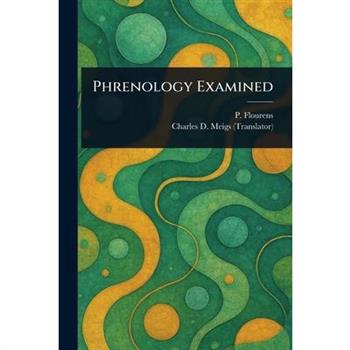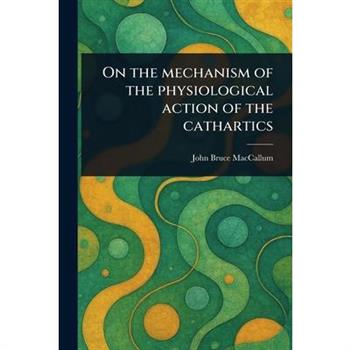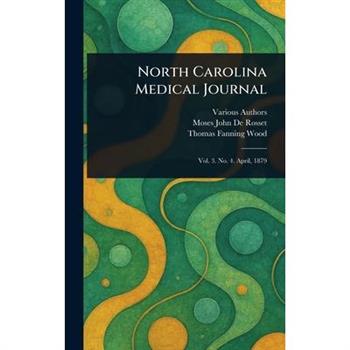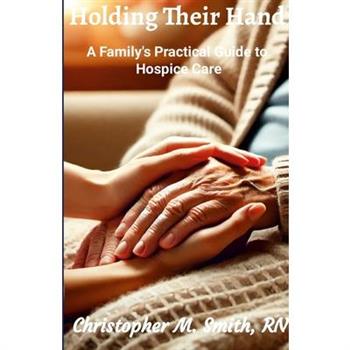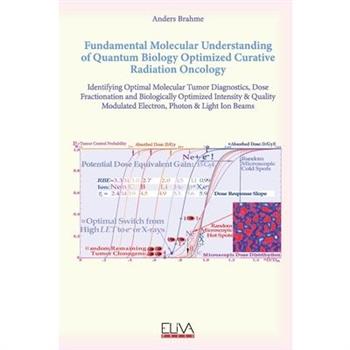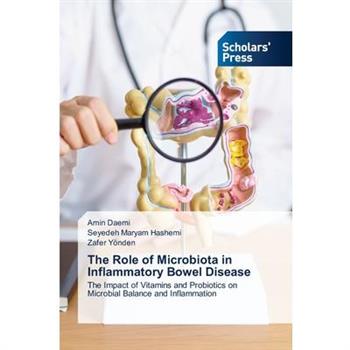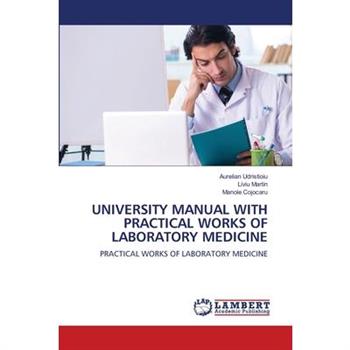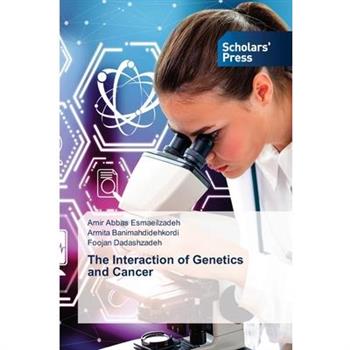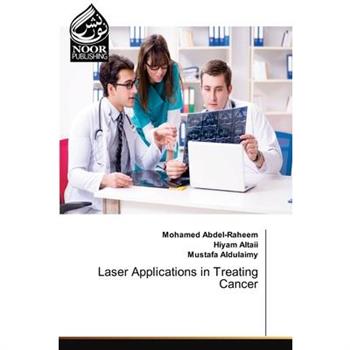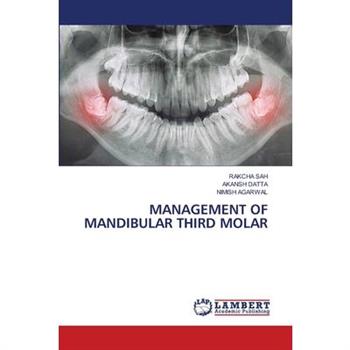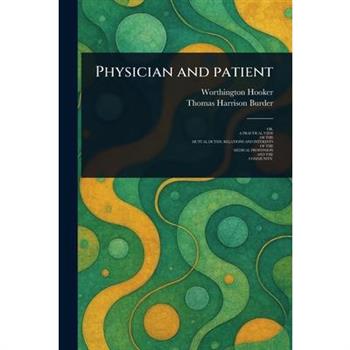Doc or Quack
From pharmaceutical companies to acupuncture, an essential investigation of the constantly evolving relationship between mainstream Western medicine and quackery. Reaching from the beginnings of scientific medicine in the nineteenth century through to the present, Sander L. Gilman examines the ever-shifting boundary between scientific medicine and quackery, asking if such a fixed boundary can actually exist within mainstream medical practice. Through detailed case studies--of stomach ulcers, eye disease, and acupuncture--Doc or Quack reveals the influence of pharmaceutical companies in determining the science of medical practice, the pros and cons of the increasing specialization in medical practice, and the murky issue of "race" in scientific medicine. This readable account covers medical practice from the Enlightenment to the present, offering a realistic view of health politics in the United States, Germany, and the United Kingdom. It's an essential read for anyone interested in the history and politics of Western medicine.
The Microbiome
A lively guide to the fast-moving and fascinating debates on what is going on with the trillions of microorganisms that live on and around us, and what we need to know to keep ourselves healthy. There are microbiomes--communities of microbes--everywhere we can imagine: in every environment, on every surface, and in every creature, including us. They are an inevitable, if largely invisible, part of life, and understanding how our microbiome works can improve our health. In The Microbiome: What Everyone Needs to Know(R), Dr. Berenice Langdon provides a foundational understanding of the microbiome and what it does--and does not--do. Tracing the history of microbiome research, up to the most recent scientific advancements, she dispels common misunderstandings to better acquaint readers with the form and function of the human body's microbial community. In an accessible style, Dr. Langdon covers the microbiomes of the human body--from the skin to the gut-brain axis, the growing microbiome industry, the creation of the microbiome on newborns, the effects of microbiome changes, and even the possibilities for microbiome evolution into the future. In a fast-moving and oft-overhyped area of research, The Microbiome is a timely and significant contribution to the What Everyone Needs to Know(R) series.
Talent management in short track speed skating
Scientific Study from the year 2025 in the subject Health - Sports science, HUNGARIAN UNIVERSITY OF SPORT SCIENCE (HUNGARIAN UNIVERSITY OF SPORT SCIENCE), language: English, abstract: This research uses qualitative methods to investigate the role of talent management in short track speed skating, with a particular focus on the development of young athletes. The main data collection method used in the research is a semi-structured interview, which provides a deeper insight into the talent management processes in short track speed skating, the coaching experiences and the personal experiences of the athletes. This method was chosen to collect data within a consistent framework, while also offering flexibility in the questions to include new themes and ideas that emerge during the interview. This method is particularly advantageous when the phenomena under study are complex and require in-depth understanding, as in this case the talent development processes in short track speed skating. According to K獺llay (2008), semi-structured interviews facilitate the elicitation of interviewees' personal experiences, feelings and a detailed exploration of their motivations, which is essential to answer the research questions. Thematic analysis, one of the most common forms of qualitative data analysis, was used to process the data. This involved grouping the collected interview data into categories to identify frequently occurring patterns and themes. In this way, we gained a structured yet in depth insight into important factors in talent management.
Medical Microbiology
**Selected for 2025 Doody's Core Titles(R) with "Essential Purchase" designation in Microbiology** Comprehensive, clinically oriented, and practical, Medical Microbiology, Tenth Edition, remains the go-to text for foundational coverage of key interrelated concepts in medical microbiology, immunology, and infectious diseases. Clear and engaging coverage of the microbial world and its interface with our bodies and the environment provides the foundation to understand these roles in individual and public health and disease-helping you master the essentials of microbiology to effectively prepare you for coursework, exams, and your future career.Focuses on helping the scientist-, health professional- and clinician-in-training develop a current, complete, and deeper understanding of bacteriology, immunology, virology, mycology, and parasitology, and answer the question: What information do I need to know that will help me understand how to treat an infected patient?Contains a new section of eight chapters on Infectious Diseases by Organ System for optimized clinical contextIncludes clinical photographs and cases to correlate basic science with examples of clinical syndromesProvides quick reference for efficient study with excellent illustrations, chapter summaries, key information organized in convenient tables, and review questionsOffers additional learning resources online, including over 200 self-assessment questions, microscopic images of the microbes, and moreAn eBook version is included with purchase. The eBook allows you to access all of the text and figures, with the ability to search, customize your content, make notes and highlights, and have content read aloudEvolve Instructor site with an image and test bank is available to instructors through their Elsevier sales rep or via request at https: //evolve.elsevier.com.
Untold Tales from a Family Physician’s Bag
Dr. B. C. Rao's Untold Tales From A Family Physician's Bag is a captivating collection of anecdotes that offers a unique glimpse into the life and practice of a dedicated family physician. This book beautifully captures the essence of family medicine, intertwining professional challenges, patient interactions, and personal reflections to create a compelling narrative.
Microorganisms and Insects Used in Forensic Detection
Forensic entomology is an application of studies related to insects and other arthropods in legal matters. Depth knowledge and experience of the biodiversity, biology, ecology, and behavior of forensic insects found on a human corpse or at a crime site, can provide information about time since death, location of the crime, and in some cases cause of death. Although forensic insects are used in crime investigation for three to four decades, it aroused recently as a very popular and independent branch of forensic science in crime investigation. While observing and examining insects on a corpse, knowledge of regional insects' assemblages and their population dynamics play an important role in medico-legal entomology for an efficient criminal investigation. Forensic entomology has three components, named as urban, stored products, and medico-legal. As different groups of insects are attracted to different stages of decay, forensic insects invade the corpse in a typical sequence. The type of insects' colonization found on corpses provides important information about the decomposition stage.
The Baton Should Not Fall (HB)
Are You Ready To Elevate Your Medical Practice Beyond Mere Subject Knowledge? In This Enlightening Journey That Takes You Through The Rich Lived Experiences Of Great Doctors, You Will Unlock A Treasure Trove Of Valuable Lessons From The Greats Of The Medical Community. Great Doctors Excel At Both Clinical Skills And Patient Care. By Studying Their Approaches To Challenging Cases, You'Ll Strengthen Your Own Clinical Reasoning And Decision-Making Abilities. You Will Learn The Art Of Compassion, Communication And Empathy. Many Renowned Physicians Weren'T Just Brilliant, They Were Compassionate. Learning Their Communication Techniques And Empathetic Approach Can Inspire You To Prioritise The Well-Being Of Your Patients. The Baton Must Not Fall Is Not Just An Inspiring Read. It Is An Education In Clinical Excellence, Patient-Centred Care, Compassion, Leadership, Innovation, And Ethical Conduct. By Incorporating These Lessons Into Your Daily Life And Practice, You Will Not Only Enhance Your Skills But Also Achieve Professional And Personal Growth And Make A Lasting Contribution To The Field Of Medicine. Why Settle For Good When You Can Become A Great Healer? About The Authors: Dr B. Soma Raju, Md, Dm, Phd (H.C.) Is A Renowned Cardiologist And Academician. After Holding Professor Positions At Osmania Medical College And The Dean At Nizam'S Institute Of Medical Sciences, Dr Raju Established The Cardiac Research And Education (Care) Foundation And Care Hospitals. He Has Been Conferred With Padma Shri In 2001. Arun Tiwari, M. Tech., Is A Missile Scientist Who Led The Civilian Spinoff Of The Defence Technology Programme, Which Fructified A Coronary Stent, Popularly Known As Kalam-Raju Stent, Among Other Products. Since Its Inception, He Has Joined The Care Foundation And Worked With Dr Raju For Over Two Decades. He Taught Medical Humanities At The University Of Hyderabad As Adjunct Professor For Ten Years.
Medicine in the Medieval North Atlantic World
Studies of medical learning in medieval England, Wales, Ireland, and Scandinavia have traditionally focused on each geographical region individually, with the North Atlantic perceived as a region largely peripheral to European culture. Such an approach, however, means that knowledge within this part of the world is never considered in the context of more global interactions, where scholars were in fact deeply engaged in wider intellectual currents concerning medicine and healing that stemmed from both continental Europe and the Middle East. The chapters in this interdisciplinary collection draw together new research from historians, literary scholars, and linguists working on Norse, English, and Celtic material in order to bring fresh insights into the multilingual and cross-cultural nature of medical learning in northern Europe during the Middle Ages, c. 700-1600. They interrogate medical texts and ideas in both Latin and vernacular languages, addressing questions of translation, cultural and scientific inheritance, and exchange, and historical conceptions of health and the human being within nature. In doing so, this volume offers an in-depth study of the reception and transmission of medical knowledge that furthers our understanding both of scholarship in the medieval North Atlantic and across medieval Europe as a whole.
Nutrigenomics
Now in its second edition, this concise textbook provides an overview of the field of nutrigenomics, a topic at the intersection of nutrition and genetics that explores how dietary molecules interact with our genome and epigenome to influence health and disease. Substantially updated and expanded, the book offers a fresh perspective on how diet has shaped human evolution and our susceptibility to conditions such as type 2 diabetes and cardiovascular disease. The 11 chapters cover a wide range of topics, beginning with an overview of the role of nutrients in health and disease, basic mechanisms of nutrient sensing and nuclear receptors, and the impact of epigenetic regulation on health. Readers will discover how chromatin-modifying enzymes and energy status-sensing kinases play critical roles in signaling pathways between diet and the genome. The book also explores the influence of diet on cancer prevention, the importance of the microbiome, and low-grade chronic inflammation and aging. Written in an accessible style, this textbook is intended for undergraduate and graduate students in nutrition, biochemistry, molecular biology, and biology as well as for students and practitioners in medicine. Numerous color illustrations aid in the transfer of knowledge by graphically summarizing complex processes. Combined with a glossary that explains key terms, this work is an indispensable resource for anyone interested in how our daily dietary choices interact with our genome.





